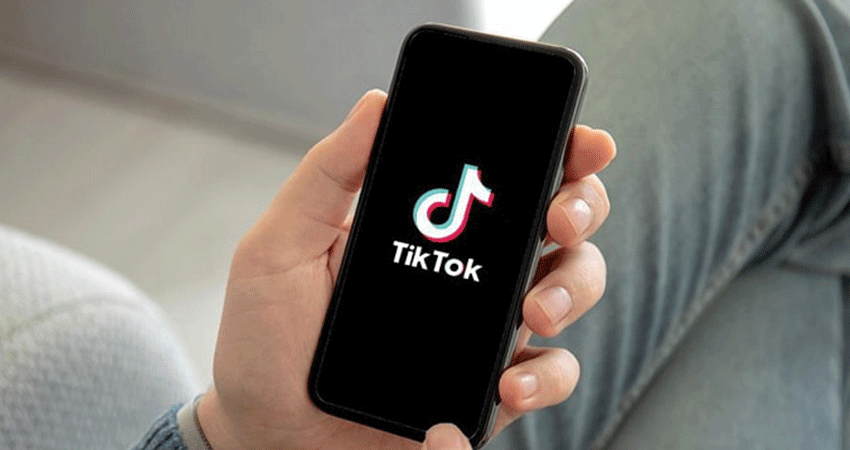TikTok is about as red hot as you can get, to the point where even Amazon is sweating and playing catch-up. So how do you as a brand realize the massive potential of TikTok search ads?
The stratospheric growth in TikTok’s user base has arguably been the biggest cultural shift in media consumption for the last decade. TikTok is not only a new platform, it’s representative of a new way of using social media that has authenticity at its core. It’s a stark contrast to the highly curated feeds we’ve become accustomed to on the likes of Instagram.
With this in mind, it’s perhaps unsurprising that brands have jumped at the TikTok advertising opportunity to drive traffic and sales. In 2021, TikTok recorded more than $4 billion dollars in ad revenue and this is expected to double by 2024. And ad revenue per user was estimated at $65.80 in 2022, a 170.7% increase, and projected to reach $113 in 2024.
However, TikTok’s ad offering has taken time to catch up.
Over the last year, TikTok has taken significant steps to reposition the platform as a viable performance channel. The launch of Video Shopping Ads and Smart Performance Campaigns has shown that TikTok is ready to leverage its highly engaged user base to drive performance success for advertisers. While these formats bring TikTok in line with established platforms like Meta, the recent launch of TikTok search ads has the potential to put the platform ahead of its competitors in a way that will be difficult to match.
Understanding TikTok Search Ads
TikTok’s current advertising offering centers on the “For You” page—the feed of videos shown to a user based on other content they have viewed or engaged with. Advertisers can target them based on broad interests or their own pixel, or first-party data, but granularity can be difficult to achieve.
TikTok search ads will appear in search results rather than the “For You” page, and brands can target specific search terms linked to their product or service. Given that recent data suggests up to 40% of young people use TikTok as a search engine, this presents a huge opportunity to reach potential customers while they are actively researching relevant topics.
TikTok search ads not only allow for precise targeting, but they also provide valuable insights to inform ongoing strategy both on TikTok and across the wider media mix. When running TikTok search ads, brands can see which non-targeted search terms have driven traffic to their website. Top performing searches can then be the basis for future paid and organic content. For example, if searches for “healthy lunch ideas” are driving a significant amount of traffic, that brand can build out a series of videos around the same subject and likely drive stronger engagement.
Leveraging TikTok Search Ads
Although TikTok search ads are undoubtedly a useful tool, they’re unlikely to drive long-term success when used in isolation. As with any performance tactic, search ads will work best when used as part of a full-funnel approach. Complementing TikTok search ads with broader awareness activity and retargeting is key to ensuring that performance is scalable and no revenue is left on the table.
Brands shouldn’t underestimate the importance of creative on TikTok. The appeal of TikTok lies in its authenticity and the potential for organic product discovery. Any content used for TikTok search ads should look like it belongs on the platform, with creator ads and light-hearted humor likely to resonate best. Repurposed or overly produced videos will appear jarring to the user and could even reflect negatively on brands who use them. Keep in mind that search ads should answer the question that is being posed. Genuinely useful content will always be well received on TikTok.
Who Can Reap the Benefits?
Because of its growth over the last two years, TikTok is no longer a platform used solely by Gen Z. However, this does not mean that TikTok search ads will be suitable for every brand.
Before opting to launch TikTok search ads, it would be wise to test the waters. Understand first whether the audience pool is large enough for it to be a successful performance channel. Setting up an organic TikTok profile for your brand is an easy, cost-effective way to find your audience and work out what types of content resonate best. Once an organic presence has been established, advertisers should start with a broad strategy, such as an interest-targeted traffic campaign. This type of activity builds a baseline of awareness on the platform, making subsequent endeavors more successful.
TikTok also has a trends dashboard which can be used to see top hashtags, videos and creators. This tool could be valuable when planning TikTok search ads, as it provides real-time insight into what users are talking about. Brands with their finger on the pulse of trending topics will likely see the best outcomes from TikTok search ads, because their content will more naturally answer the questions their customers are asking.
What’s Next?
Although TikTok search ads are still in closed beta testing, we can expect to see a full rollout over the coming months.
Beyond this, it’s likely that TikTok will continue to place an emphasis on performance in the near future. With advertisers frequently citing creative as the biggest barrier to entry on the platform, TikTok may launch additional features to streamline creation of native video ads, such as in-platform editing tools.
While search ads are clearly a huge step forward for TikTok, it remains to be seen whether the platform can hold its own against performance powerhouses like Google and Meta.
Emily Smith is the Paid Social Account Director for Croud

